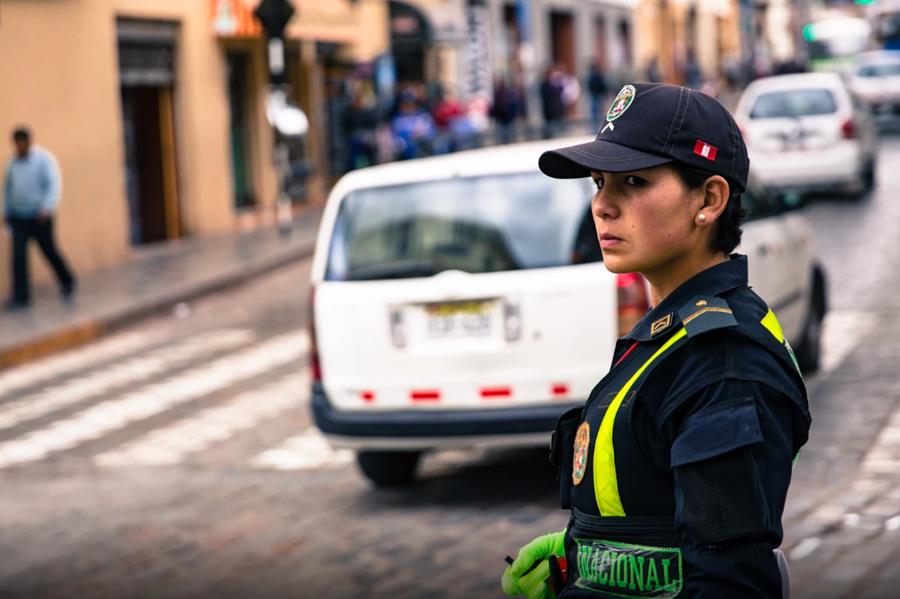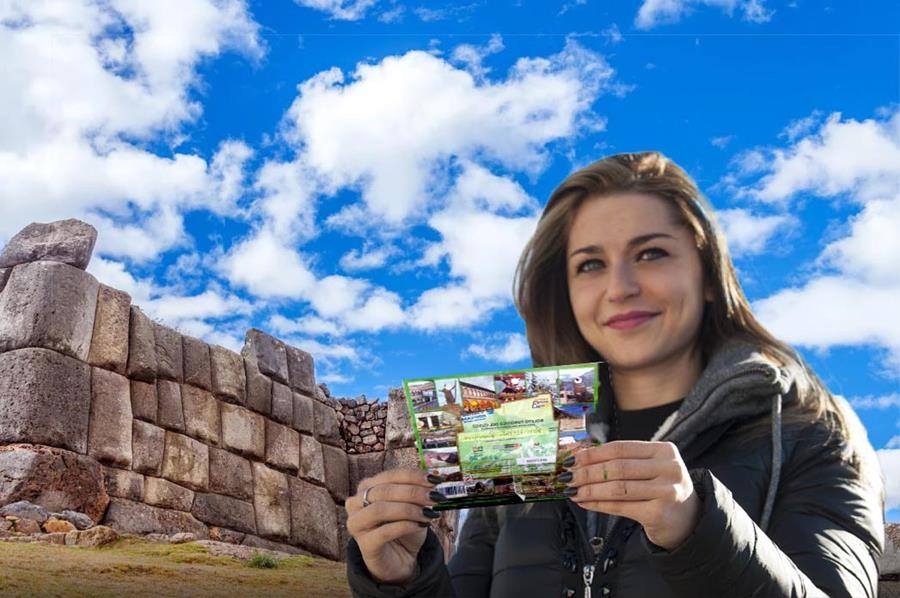AROUND CUSCO (RUINS)
Visit to the ruins that surround Cusco
If you are a lover of history, there are some ruins on the outskirts of Cusco that are worth visiting.
The following 4 are the main ruins in the outskirts of Cusco and are included in an organized tour and are part of the Tourist Ticket circuit.
Sacsayhuaman.
The most impressive of the ruins that surround Cusco is Sacsayhuaman, an important city that was built by the Incas. Like many Inca structures, the large blocks of stone to build Sacsayhuaman, weighing up to 130 tons, were fitted with absolute perfection, without using mortar. Even a single sheet of paper will not fit between the stones. Sacsayhuaman acted as a temple, a fortress and even a small city. Whatever it is, this archaeological complex is worth a visit.
Q’enko.
A little farther from Cusco than Sacsayhuaman is the ruins of Q’enko. In Quechua means “zigzag”, the temple got its name from the twisted channel carved into the limestone rocks to build the complex.
No one knows for sure what liquid the canal carried. Holy water, alcohol and blood were some of the assumptions that led to theories that Q’enko was a ceremonial and sacrificial place.
Puca Pucara.
It is also known as the red fortress. It is thought that the architecture is now red due to the iron oxide found in the stone rocks to use the complex.
It served more as a guard post that controls the flow of people and agricultural products, in a place of a real fortress.
Tambomachay.
It was a site used for ritual bathing, and is known as the Inca baths. Channels, aqueducts and fountains can be seen throughout the site.
The excellent quality of the masonry indicates that only the nobility is allowed here, as a holiday resort.
Near these 4 ruins, there are a couple of smaller ruins that can be visited such as the Temple of the Monkey and the Temple of the Moon.
Raqch’I (Temple of Wiracocha).
At 110 km from Cusco is Raqch’I, an Inca archaeological site that was also a very populated area. The Raqch’I complex was made up of houses, temples, palaces, astronomical observers, food stores, etc.
The most prominent structure in Raqch’I is the Temple of Wiracocha, the Inca God of Creation. The temple is a huge rectangular structure of two floors with roofs that is 20 m high.
Huchuy Qosqo.
It is also known as the “Little Cusco”, named for its royalty modeled in the Inca capital of Cusco. Due to its location and its organization as real property, it is becoming more popular with locals and tourists alike.
The Sacred Valley. It is a range of valleys, rivers and villages near Cusco. It is one of the most popular day trip options other than Machu Picchu.
Pisac.
It is known for its famous Sunday market, which has all kinds of colorful alpaca wool garments, exquisitely designed leather notebooks, handicrafts and much more.
It is also known for the pre-Columbian agricultural terraces and the hill of the Inca fortress that dominates the town. The terraces were perfectly carved and the view from the fortress something wonderful.
Urubamba.
It is the largest city in the Sacred Valley and is located along the road from Cusco to Machu Picchu, next to the Urubamba River, its namesake. This city is considered more a commercial and hotel center than a tourist attraction.
Ollantaytambo.
It is a tourist town that houses an Inca archaeological site, built on a huge stone terrace that surrounds and flows around the incredibly steep slopes.
It is the place where the Incas won a battle against the Spanish, and also where you board the train to Machu Picchu.
The terraces of Moray.
They are the highlights of the area. It is believed that these amphitheater-type terraces were an agricultural laboratory where the Incas carried out experiments that resulted in more than 3700 varieties of potatoes in present-day Peru.
The salt mines of Maras.
It is known for its salt mines, a network of thousands of pools in cascading old salt deposits, which together form an incredibly photogenic phenomenon.
Chinchero.
The picturesque town of Chinchero is known as the ‘birthplace of the rainbow’. The rainbow is a very accurate description of the village for its colorful Sunday market and fabric demonstrations. Indigenous women show visitors how to obtain a dye of different colors from natural sources
There are also ruins in Chinchero that were once a summer walk to this tourist center of the Inca Tupac Yupanqui.
Tipon.
In the south valley of Cusco there are ruins and older towns, the most popular is Tipon. It is a place where the Incas worshiped the element of water. There are aqueducts, water channels, fountains and an impressive system of hydraulic engineering in general.
Pikillaqta.
The only pre-Inca ruins in the region, Pikillaqta is known with humor as “city of fleas”. Literally, the word Pikillaqta means “lousy people” in Quechua, the language of the Incas.
The city was built by the Wari people between 700 and 900 AD and you can see the obvious differences in building materials.
Andahuaylillas.
The main attraction in this colonial city is the catholic church, known as the “Sistine Chapel of the Americas” for its impressive paintings, decorations and other treasures of art and gold.


